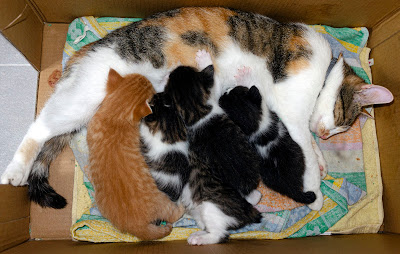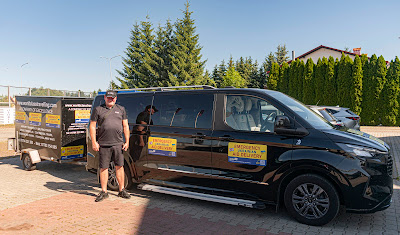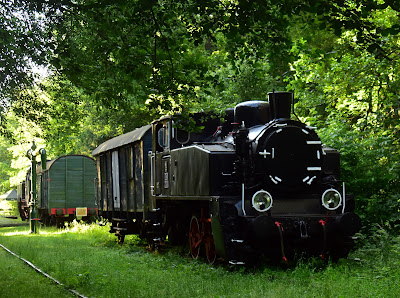An interesting academic paper has appeared that suggests people are likely to feel more nostalgic towards the seaside, lakes or rivers than they are towards fields, forests and mountains. Or indeed the built environment. The study, led by the University of Cambridge and conducted in the UK and US, suggests that coastlines may have the optimal visual properties to make us feel positive emotions, and argues that ‘place nostalgia’ offers significant psychological benefits.
Yes. I absolutely agree. The sea, the rhythm of the crashing waves, sea breezes, the sea sparkle, that fresh smell – yes, it's emotionally powerful. Whether a peaceful sunny day by the sea or under dark clouds propelled by a howling gale, it is always a memorable experience (unless you live by the sea and it becomes commonplace). Memories click, connect, get triggered by smells, tastes, sights, sounds or sensations; the seaside offers many. The Daffodils effect (Wordsworth's most famous poem, about a qualia memory of lakeside flowers) tells this to us: "For oft when on my couch I lie/In vacant or in pensive mood/They flash upon that inward eye/That is the bliss of solitude". Place nostalgia can be triggered (by a sensory input) or bidden (conjured up by the mind) or spontaneous, the last being the most mysterious.
I have written many times about the emotional power of nostalgia coupled with spirit of place in my blog; the two are closely linked. [Hence my fondness for the poetry of Sir John Betjeman.] Now, in the Cambridge university study, Searching for Ithaca: The geography and psychological benefits of nostalgic places by Militaru, van Tilburg, Sedikides, Wildschut and Rentfrow, misses out on one crucial word; 'qualia'.
Qualia are the raw, uninterpreted subjective sensory qualities of experience. They are inherently personal and private. Memories of qualia are key to what drives nostalgia; the longing to relive a moment experienced, a moment that our consciousness holds dear. Memories of such moments, such experiences, shape our personalities, make us who we are. Qualia are strongly associated with place, how we experience place through the sense.
Had I been approached by the researchers, I''d have indeed said that the strongest qualia memories I have are from holidays in the Northern French seaside town of Stella-Plage in the 1960s and '70s. I have been there six times; on the other hand I have been to the beaches of the Llyn Peninsula in North Wales maybe 16 times – and yet the nostalgia sparked by thoughts of Stella-Plage are stronger than those of Porth Oer, Porthdinllaen or Llanbedrog (strong those they are). Why should that be? Experiences at a more formative age? Or the fact that France was more exotic and different to me than North Wales?
Both seasides trump another familiar, nostalgia-jogging place for me, Oxshott Common, near Esher in Surrey that I must have visited at least a hundred times. But then, it is forest and heath land, not open water. "All that's missing is the sea"; something extra special. The aquatic ape hypothesis fits in nicely with thoughts of atavistic memories of migrating along ocean shores. More about the sharp pangs of nostalgia for Stella-Plage brought on by the smell of suntan oil and cigarette smoke here.
This time last year:
From automatic action to mindful control
This time two years ago:
Keep on keeping on
This time three years ago:
Time and Consciousness
This time four years ago:
Altered states – higher planes
This time eight years ago:
Warsaw-Radom line modernisation – Czachówek
This time 15 years ago:
Climbing Mogielica
This time 16 years ago:
Good graffiti, bad graffiti









































